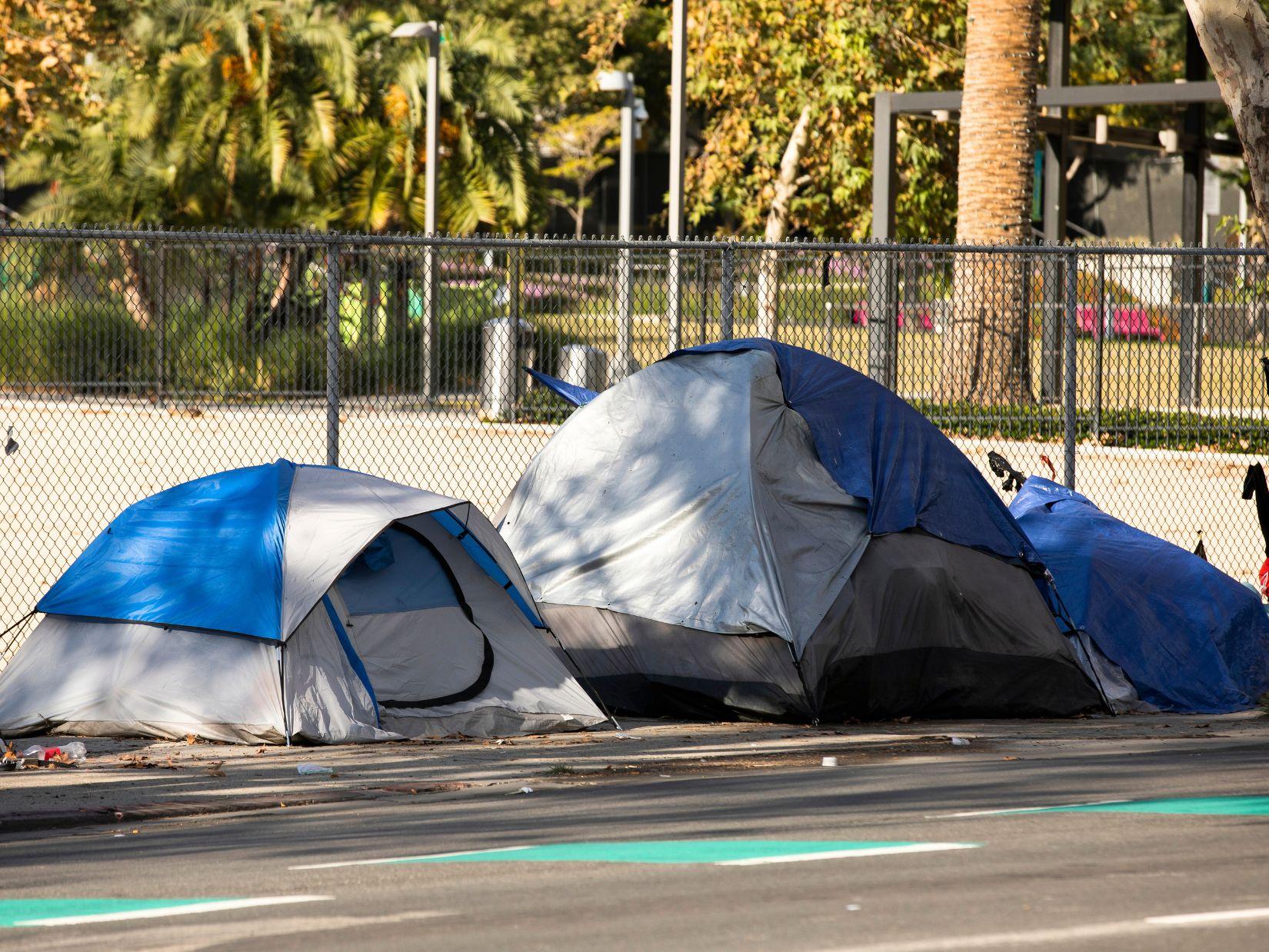 photo credit: City of Santa Rosa
photo credit: City of Santa RosaJune 28 marked one year since the Grants Pass v. Johnson ruling, a US Supreme Court decision allowing cities to ban people from sleeping outside, even if no shelter beds are available.
The decision has changed how communities across the country, including Sonoma County, respond to homeless encampments.
In the year since the Supreme Court finalized its Grants Pass decision, Sonoma County officials have made some tough choices about homeless enforcement.
In other California cities, arrests and citations against homeless people have soared.
In San Francisco, for instance, they were up by 500% in the six months since the ruling.
Michael Gause, manager for Sonoma County’s Ending Homelessness Program, said that while it’s tough to see law enforcement being involved, "sometimes it...when the encampments get to that size it has to be addressed in some ways.”
Sonoma County’s last point-in-time count, an annual homelessness survey, done in January, showed that the unhoused population declined by 23% in 2024.
Although it’s the lowest number of unhoused people in nearly two decades, Gause said that it’s not a result of the Grants Pass decision; and that the County’s approach to homelessness enforcement hasn’t changed as much as people think it has.
“ We added about 400 beds, permanent beds last year, which is very close to the overall reduction,” Gause said.
Gause also said a lack of beds isn’t an issue for the County.
“We have direct outreach teams who go out and offer people placements when the encampment is being moved, or when the encampment is being cleared," Gause said.
Gause said he’s concerned about what the loss of federal funding could mean for support services for the unhoused population in Sonoma County.

 Live Radio
Live Radio




